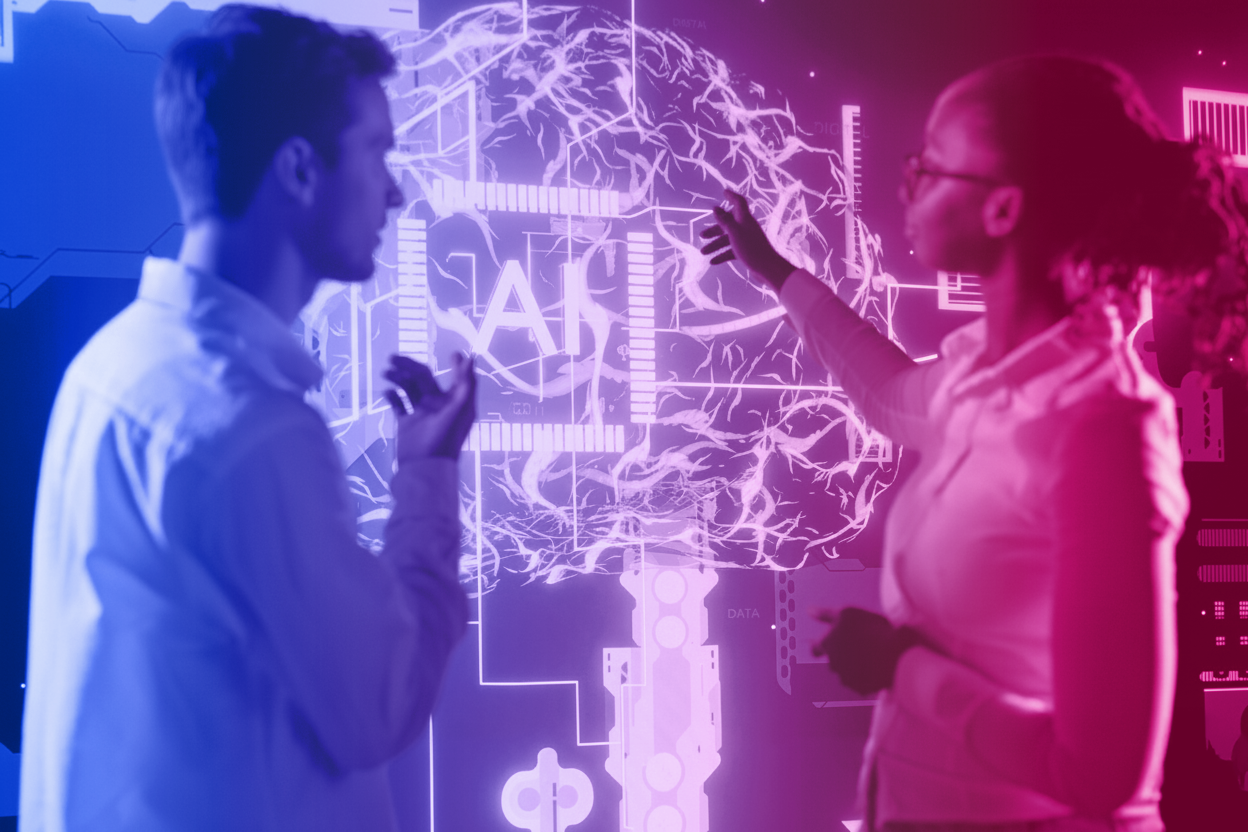Every decade or so, the way companies organize themselves quietly changes – not through grand announcements, but through a series of accumulated decisions that suddenly reveal a new pattern. We saw it with digital transformation in the 2000s, when data and connectivity became the fabric of the modern enterprise. Then came the agile revolution, which redefined how teams collaborate, iterate, and deliver value. Each shift didn’t just alter tools or processes—it changed what we believed possible about work itself.
Now, another inflection point is forming. We are entering the era of Hybrid Agentic Organizations: companies designed around a shared ecosystem of human and machine intelligence. Humans bring creativity, empathy, and judgment. Agents bring precision, memory, and speed. Together, they form a new type of hybrid intelligence that learns, adapts, and scales in ways traditional organizations simply cannot. The question is no longer whether this shift will happen, but whether we’ll design it thoughtfully enough to make it work for us and not the other way around.
The workforce as a system of shared intelligence
AI has outgrown the notion of being just a “tool.” Tools wait to be picked up; agents participate. They sit inside your workflows, collaborate asynchronously, join discussions, and even make micro-decisions inside defined boundaries. They don’t just process, they understand enough context to act. That subtle shift changes everything about how work is designed, managed, and measured.
This is where a new managerial discipline emerges: agentic resource management: the practice of orchestrating human and machine intelligence together. Leaders are no longer managing headcount alone; they’re managing cognitive capacity. They’re deciding what kinds of intelligence to apply to each problem, balancing creativity with computation, insight with automation.
Managing a hybrid workforce is no longer about dividing labor, but about designing interaction patterns—when to trust the machine, when to guide it, and when to override it. Boundaries, transparency, and shared purpose become as important as performance metrics. The most successful leaders will be those who don’t just delegate tasks, but conduct systems of intelligence, ensuring that human and agent capabilities amplify each other rather than compete.
In truth, the hardest part of this transition won’t be the technology itself, it will be developing the organizational literacy to design environments where humans and machines can truly collaborate as peers in purpose, not just proximity.
Three modes of work: manual, augmented, agentic
As this new landscape unfolds, it helps to think of work as existing across three interdependent modes:
- Manual work remains fully human-driven, where judgment, empathy, and ethics matter most, and where intuition outperforms rules. These are the contexts where complexity resists codification, and people’s capacity for nuance creates irreplaceable value.
- Augmented work sits in the middle ground, where human and machine intelligence operate in tandem. Here, agents support human reasoning by surfacing insights, automating subroutines, or running simulations while humans remain in control of direction, context, and final judgment. This is the collaboration zone where creativity and computation merge into a shared rhythm.
- Agentic work represents autonomous execution, where agents operate independently within explicit boundaries and report back through transparent governance. These processes aren’t “set and forget” but continuously monitored, with humans defining the moral and strategic edges of what’s acceptable. Agentic work expands capacity, but it only scales sustainably when grounded in accountability.
The future won’t be one mode replacing another. It will be a dynamic blend of all three. A process might start out as manual, evolve into augmented collaboration, and eventually become agentic as confidence grows. The most adaptive organizations will be those that treat these transitions as fluid, iterative, and strategic – not as automation for efficiency’s sake, but as intelligence architecture for sustainable advantage.
The shift from master data to enterprise context management
If the digital era was built on mastering data, the agentic era will be built on mastering context, and that distinction changes everything. Data tells us what happened; context explains why it matters, under what conditions, and for whom. It’s not just information, it’s the structured meaning that allows intelligent systems to act with relevance and restraint.
In the early 2000s, Master Data Management unified business information into a single source of truth. It was essential infrastructure for the data-driven enterprise. But in today’s environment, static “truth” isn’t enough. Agentic systems require enterprise context management – a dynamic framework that governs how information is interpreted, shared, and applied in real time. These aren’t pipelines that move data, they’re living systems that help both humans and agents understand how to use knowledge responsibly.
Context now exists as a multi-layered construct. At the enterprise level, it encodes values, policies, and principles. At the functional level, it captures domain-specific rules and workflows. And at the agent level, it defines purpose, permissions, and behavioral boundaries. Together, these layers allow intelligent systems to reason coherently inside human-defined structures, without losing flexibility.
To enable this, organizations are beginning to design what’s becoming known as the enterprise context stack, a foundational architecture that structures, retrieves, and maintains contextual intelligence across the enterprise. It’s what turns isolated AI efforts into a cohesive, governed ecosystem.
The enterprise context stack
Think of this not as rigid architecture, but as a living ecosystem where each layer enables the one above it:
- Layer 1: Data foundations. This is where operational truth lives. Structured data in Snowflake, BigQuery, Databricks. Applications on PostgreSQL, MongoDB. Real-time flows through Kafka, EventBridge, Kinesis. And the unstructured world—Confluence, Notion, SharePoint, Slack, Teams, GitHub. Agents need both: numbers and narratives.
- Layer 2: Knowledge representation. Here is where data becomes meaning. Embedding models like OpenAI, Cohere, Voyage AI, Mixedbread, and Jina AI turn text into searchable semantic vectors. Graph databases like Neo4j or PuppyGraph structure relationships between concepts. Orchestration frameworks such as LangChain, LlamaIndex, Dust, Haystack bridge it all, letting agents retrieve, reason, and infer across the enterprise.
- Layer 3: Context mesh. This is the living tissue connecting everything in real time. Vector databases like Pinecone, Weaviate, Milvus, and Qdrant manage retrieval at scale. RAG pipelines assemble relevant context on demand. Memory layers like Zep, Redis, or Graphiti allow agents to retain knowledge across interactions. It’s the layer that lets AI think continuously, not transactionally. It’s context as a living conversation, not a static lookup.
- Layer 4: Context governance. As context scales, governance becomes the backbone. Databricks Unity Catalog and OpenMetadata handle lineage and permissions. Vault or AWS KMS protect secrets. Elastic, Datadog, and OpenTelemetry provide observability. Even context itself is versioned: tracked through Git or DVC, ensuring every prompt, rule, and instruction can be audited and rolled back. Compliance is redesigned for intelligent systems to be fast, transparent, and explainable.
- Layer 5: Agent orchestration. Here, agents live, collaborate, and act. Frameworks like LangGraph, CrewAI, AutoGen, OpenDevin, and Swarm SDK enable multi-agent collaboration. Workflow tools like Temporal.io and Prefect coordinate processes reliably. W&B, Humanloop, PromptLayer, and LangSmith bring LLMOps discipline: evaluation, tracing, continuous improvement. Kubernetes and Ray Serve power scale and resilience.
Together, this stack represents a fundamental shift—from storing knowledge to maintaining living context. An architecture where meaning itself becomes a managed resource.
The rise of the context engineer
If prompt engineering was about crafting the right question, context engineering is about designing the environment in which intelligence performs. Context engineers define what each agent should know, how context decays or updates, and how information flows between systems. They work across every layer of the stack, curating, validating, and tuning the knowledge that fuels intelligent behavior.
They are the bridge between architecture and alignment: part information architect, part data scientist, part system designer. Their goal is not just efficiency, but coherence, ensuring that context remains accurate, ethical, and actionable. Much like DevOps became the connective tissue of the agile enterprise, Context engineering will become the backbone of the agentic one. Because in a world where every agent depends on shared understanding, managing context isn’t a technical nicety, it’s the foundation of trust itself.
From agile to agentic: Governance, trust, and safety
Agile made teams fast. Agentic organizations will make them intelligently scalable – but only if they’re built on trust. Agile focused on empowering human teams to adapt and deliver quickly. Agentic extends that adaptability to systems of intelligence, where humans and agents collaborate dynamically across every function. The unit of productivity shifts from the sprint to the system of orchestration. Humans become designers and supervisors of intelligence networks, not just participants in them.
But capability without responsibility is fragility in disguise. As the number of autonomous entities grows, governance and trust become the foundation of everything. Without them, autonomy collapses into chaos. Innovation without oversight isn’t progress, it’s irresponsible. Agentic organizations must embed explainability, traceability, and accountability directly into their architecture from the start. Every agent’s decision should be logged, every action auditable, every piece of context version-controlled.
TRiSM (Trust, Risk, and Security Management), evolves from a policy checklist into an operational discipline. Oversight becomes automated. Model lifecycles are tracked continuously. Guardrails like Guardrails AI, Lakera, and Azure Content Safety ensure that intelligence behaves within ethical and regulatory boundaries. When done well, governance doesn’t slow innovation, it enables it. Because only trusted intelligence can scale safely. The true challenge ahead isn’t building powerful agents, it’s building accountable ecosystems.
The path forward
Becoming a hybrid agentic organization isn’t about replacing humans, it’s about amplifying what humans can achieve through intelligent collaboration. The journey starts with readiness: infrastructure, governance, and culture that treat AI not as a bolt-on tool but as a co-worker in the system of work. From there, it’s about identifying the sweet spots: processes where human judgment meets repeatable logic, where agents can handle the heavy lifting while humans focus on creativity, empathy, and strategy.
Context management underpins it all. It’s what ensures that intelligence, human or artificial, remains aligned with intent and grounded in purpose. By 2028, most business functions will include at least one AI-managed process. The differentiator won’t be who uses AI – it will be who organizes intelligence with clarity and trust.
We’re not entering the age of automation; we’re entering the age of alignment. Agile made us faster. Agentic will make us aware. And in this new paradigm, the most valuable resource won’t be data or capital: it will be context. Context is what gives intelligence meaning, and meaning is what keeps technology human. The real transformation underway isn’t humans versus machines, it’s humans designing with machines, building organizations where intelligence and intent move together. Our greatest competitive advantage will come not from the technologies we adopt, but from how thoughtfully we orchestrate the collaboration between human wisdom and machine capability.
 BLOG
BLOG